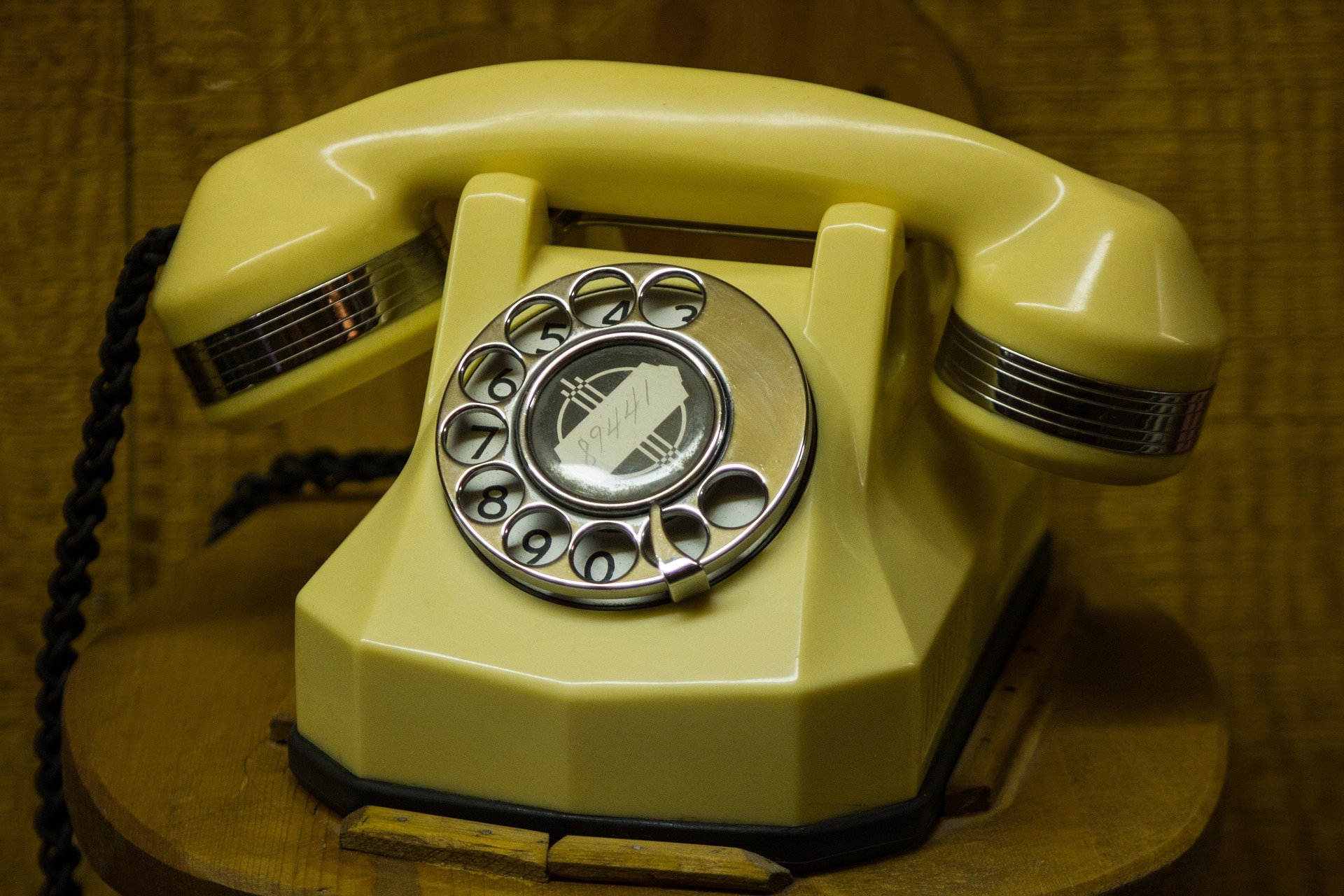In full transparency, the following is a press release submitted to SOURCE media (stock photo).
***
[broadstreet zone=”53820″]
[broadstreet zone=”53130″]
BOSTON – There are few consumer products as ubiquitous as the mobile phone.
According to Pew Research Center, more than 97% of adults own some type of mobile device and more than 85% own a smartphone.
As mobile phones have exploded in popularity over the past three decades, landline phone ownership has declined sharply.
According to data from the CDC’s National Center for Health Statistics, the percentage of households with only a landline (and no wireless) was 15.5% in early 2009, while the share of households with both a landline and wireless was nearly 60%.
Over the next 10 years, these numbers were cut by about two-thirds and one-half respectively.
In 2019, just over 31% of American households still had a landline.
 |
While households with only a landline phone have become extremely rare, nearly one in three U.S. households continue to pay for a landline system alongside other services, such as cellular or broadband. Some households who might otherwise give up their landline phones still have them because they are bundled with their cable or internet service. Other households keep landlines in case of emergencies, since they work without power and are sometimes required for certain home security or medical alert systems.
Given these trends, it’s not surprising that older Americans and those living in older homes are far more likely to have landline phones.
Among householders aged 75 and older, 75% have landlines in their homes. In comparison, the figure is less than 5% for householders under 25.
Likewise, just 16% of homes built within the last few years—2018 to 2019—have landlines.
In contrast, 35% of those built in the 1950s are equipped with a landline phone.
[broadstreet zone=”59946″]
 |
At the geographic level, similar trends hold, with locations that have an older housing stock and older population more likely to report higher rates of landline use.
To find the states where residents still have landlines, researchers at HireAHelper analyzed the latest data from the U.S. Census Bureau. The researchers ranked locations according to the percentage of homes with a landline. Researchers also calculated the total number of homes with a landline, the percentage of householders 55 and over with a landline, and the percentage of householders 55 and over. Note that the Census Bureau data only includes statistics from select states and metropolitan areas.

The analysis found that 44.2% of Massachusetts homes still have a landline, compared to just 31.3% of all U.S. homes. Here is a summary of the data for Massachusetts:
- Percentage of homes with a landline: 44.2%
- Total homes with a landline: 1,197,900
- Percentage of householders 55 and over with a landline: 60.7%
- Percentage of householders 55 and over: 47.9%
For reference, here are the statistics for the entire United States:
- Percentage of homes with a landline: 31.3%
- Total homes with a landline: 38,816,000
- Percentage of householders 55 and over with a landline: 47.3%
- Percentage of householders 55 and over: 46.6%
For more information, a detailed methodology, and complete results, you can find the original report on HireAHelper’s website: https://www.hireahelper.com/lifestyle/us-cities-with-the-most-landlines
[broadstreet zone=”54526″]

